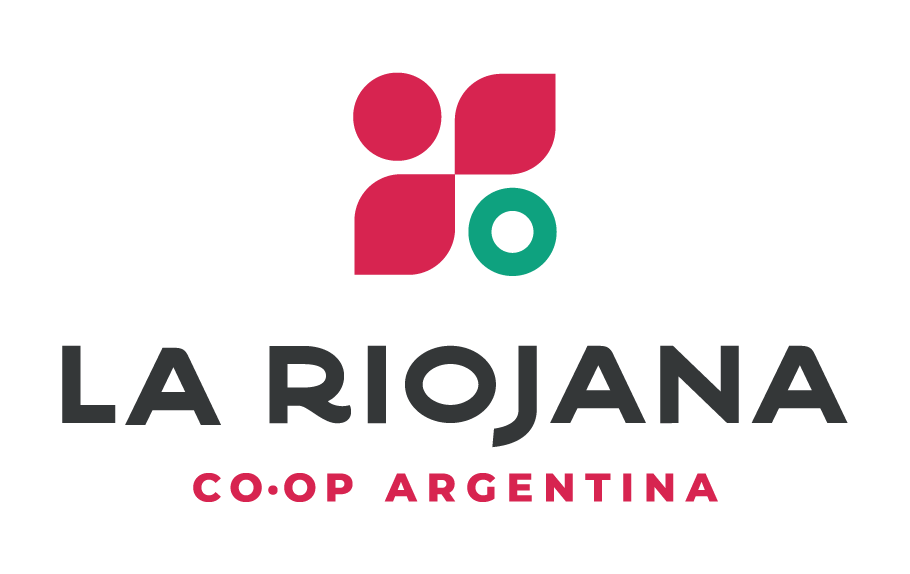The Organic Wine Story
Image: lariojana-packshot-tilimuqui-fairtrade-organic-torrontes.jpg
As consumers around the world become ever-more health conscious and environmentally aware, demand for organic food and drink products has soared.
As a result, grocery retailers have expanded their organic ranges of produce such as fruit, vegetables and meat.
The growing interest in organic wines is similarly giving wine retailers added incentive to boost their organic offering, and for producers to eschew chemical advances and focus instead on traditional growing and production methods.
But when the first organic wines appeared on the shelves back in the 1980s they were not considered comparable to traditional wines at similar price points, and attracted few consumers other than a small niche of health obsessives.
Early problems
Part of the problem with the early breed of organic wines was that no sulphur dioxide, used as a preservative, was added, and the finished product was often of dubious quality. Nowadays, with modern production techniques, most organic winemaking standards allow for the addition of strictly regulated amounts of sulphites.
More than ever
Today, organic wine can more than hold its own against conventionally produced wine. There are now more organic wines being made than ever before, with a large percentage of organic wines on the market placed firmly in the premium category.
Between 2004 and 2011, the number of vineyards worldwide dedicated to organic production tripled, from 88,000 to 256,000 hectares.
What is Organic Wine?
image: lariojana-organicvineyards(13)
For any food to be labeled as organic, 95% of its ingredients must come from organically produced plants and animals. Because some ingredients are not available organically, up to 5% of ingredients from a list of approved non- organic food ingredients are allowed.
Certification standards around the world vary in their criteria, but broadly speaking, organic wines are produced exclusively with organically grown grapes. Certified producers are banned from using artificial fertilisers, pesticides or fungicides on their crops.
Instead, the grower focuses on producing a healthy, more self-sufficient vine, which is able to withstand pests and feed itself naturally, rather than on protecting the vine from anything that might harm it. This entails developing a healthy soil and a balanced ecosystem within the vineyard.
It also means a lot of intensive labour, since grapes in many organic vineyards are handpicked, minimising stress and damage to the vine, soil and fruit.
Where is it popular?
While the growing popularity of organic wine is a worldwide trend, it is especially marked in Germany, the UK, Switzerland, New Zealand, Japan, Canada and the US.
In Canada, where wine sales have been growing at 20% year on year, organic wine sales are valued at around $2bn a year, while in the US, organic sales represent approximately $26bn.
In Europe, most countries are experiencing an increase of between 5% and 15% per year in organic wine sales. Sweden enjoyed the highest growth rate at 18% year on year, followed by Holland at 10%, Denmark at 8%, Italy and Switzerland at 7% and France and Austria with 5%.
Where are organic wines produced?
Germany was one of the first countries to invest in organic wine production and generates most profit from organic wines as a result.
By the end of 2012, France had some 65,000 hectares of vineyard in organic production, representing just over 8% of all French vineyards, according to Agence Bio. In comparison the figure for organic production in French agriculture as a whole was just under 4%.
Organic wine in Argentina
Image: lariojana-organicvineyards(10)
There are around 55 wineries that hold organic certification, including La Riojana, most of which are based in Mendoza. There are about 2,300 hectares of organic vineyards in Mendoza, accounting for between 1.5% and 2% of the overall surface of vineyards.
The EU and US are the main export markets for Argentine organic wine.




